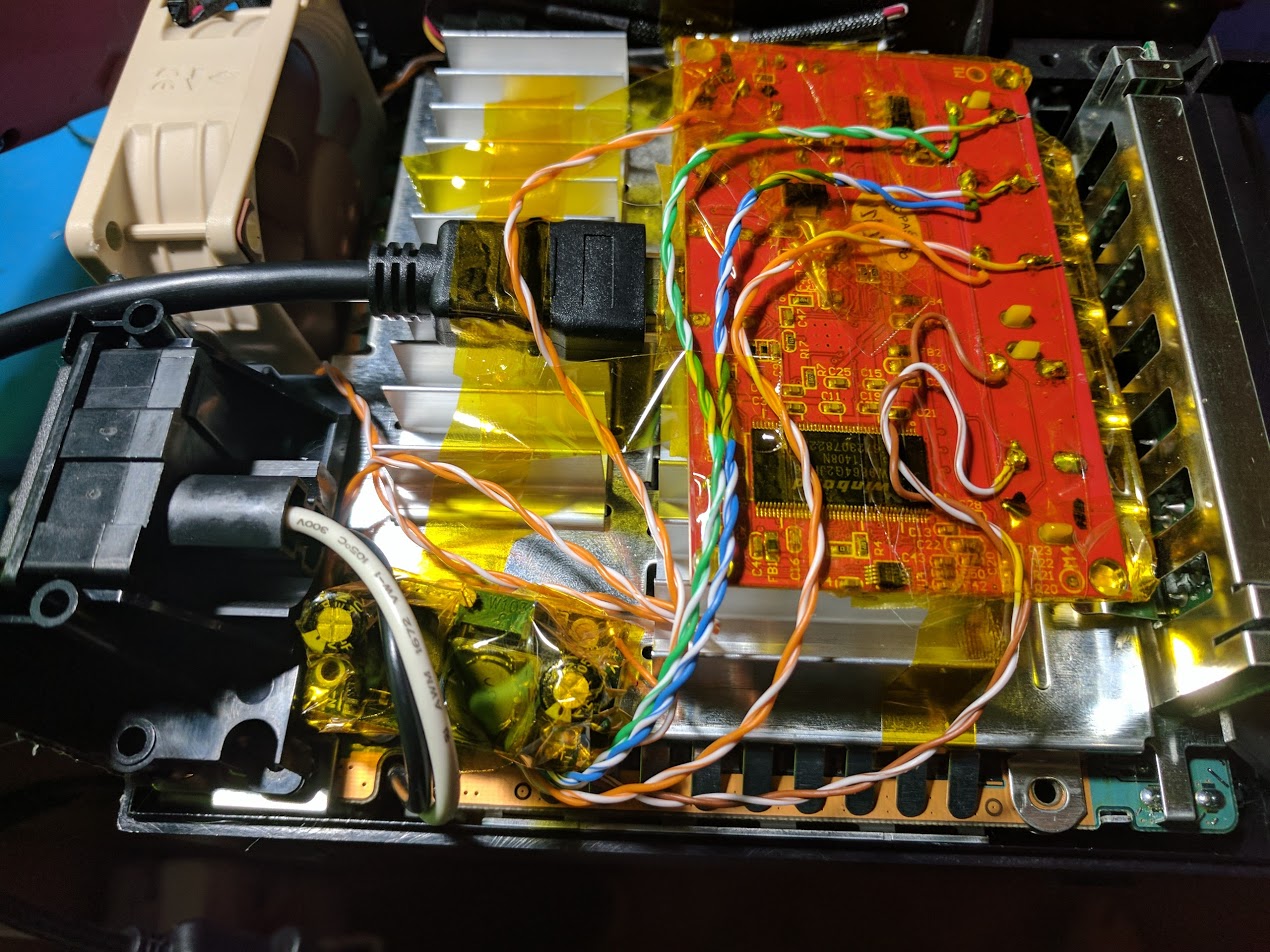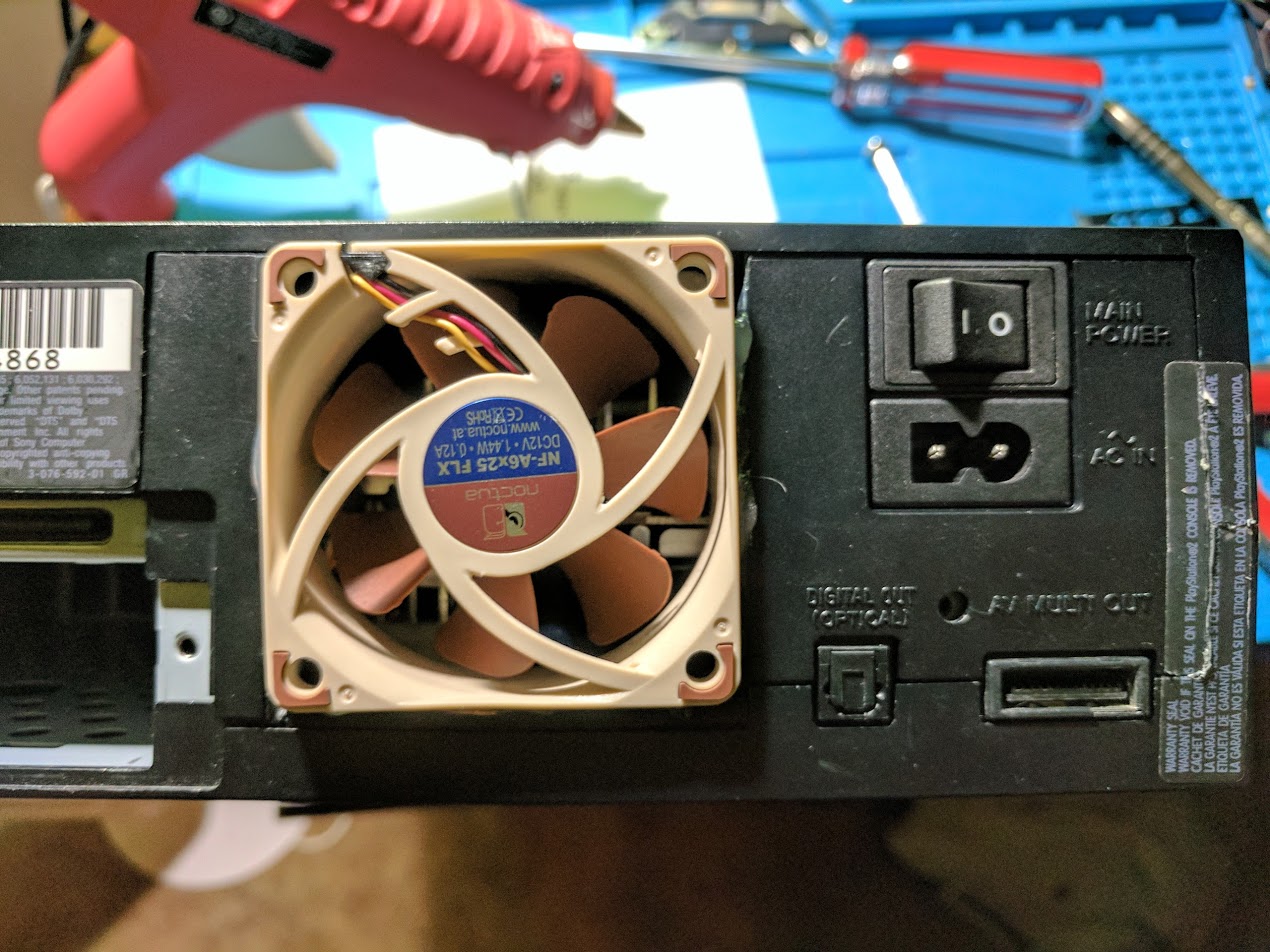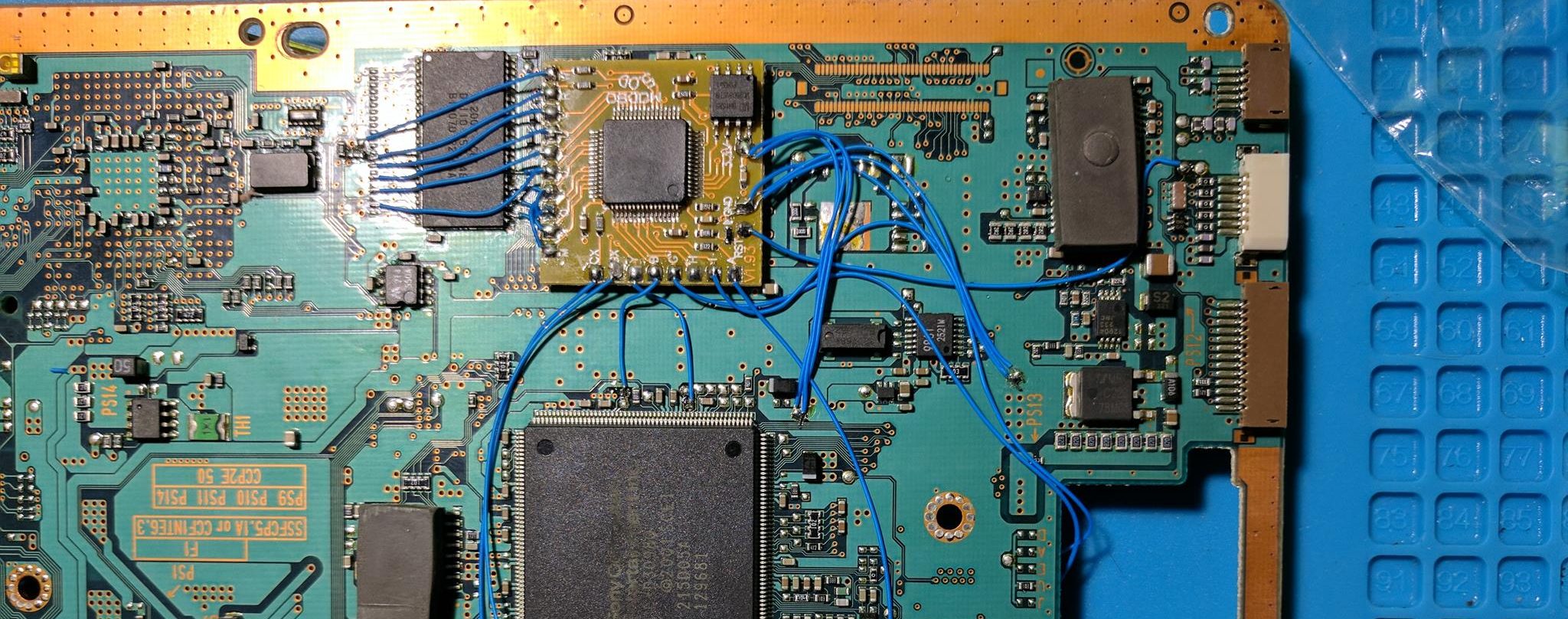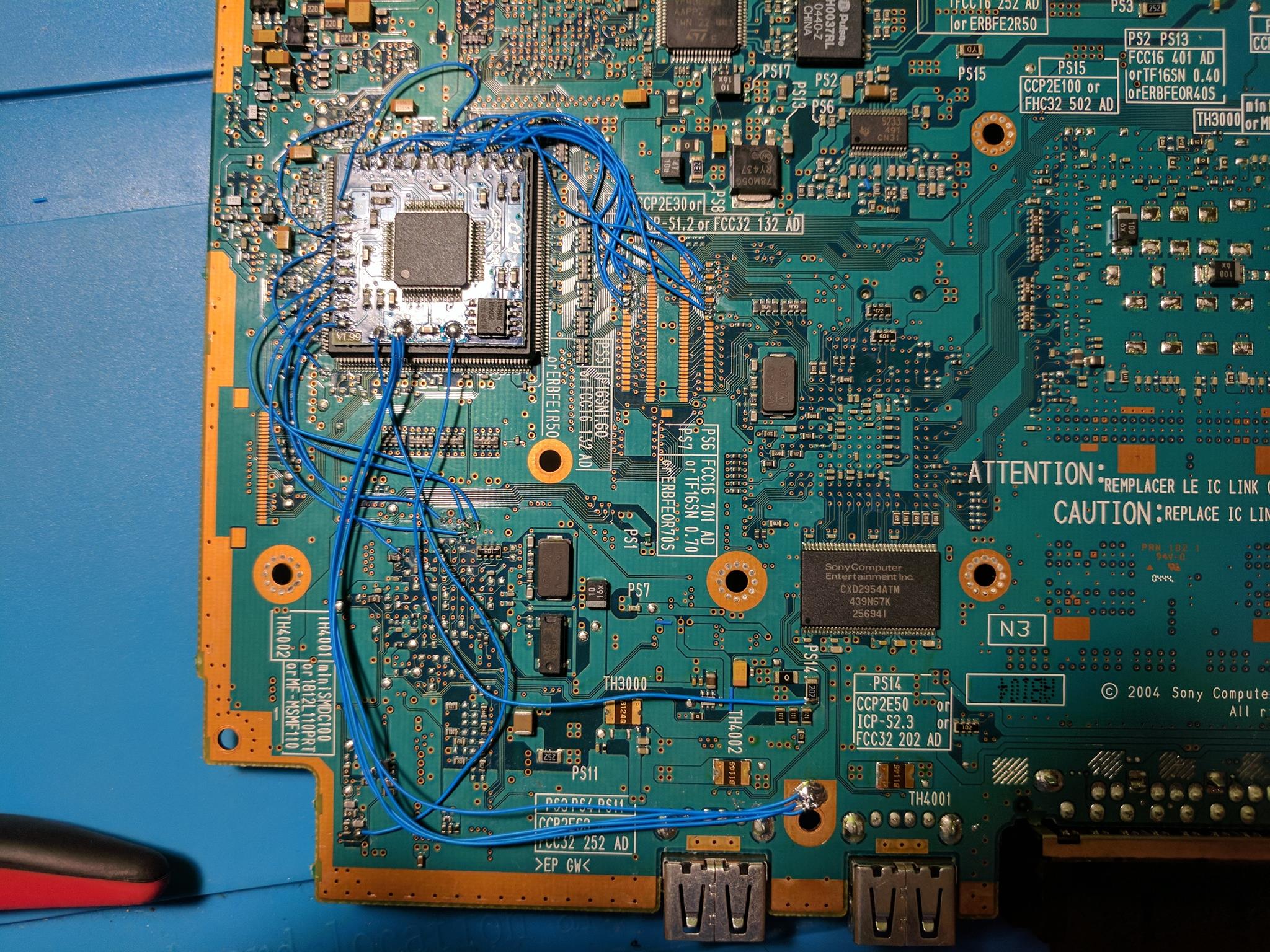Adding an HDMI port to the PS2 fat
In March I added an HDMI port to my original Xbox. This is a similar post covering the process of adding an HDMI port to the PS2 fat. The PS2 has a multi AV output port which supports composite, component, RGB SCART, S-Video, and even RF. These options were fine for 2000, but they don’t work very well with modern HDTVs. Adding an HDMI port allows the PS2 to output video directly to a modern HDTV or computer monitor.
Things you’ll need
Here’s a list of items that you’ll need for adding an HDMI port to your PS2 fat.




